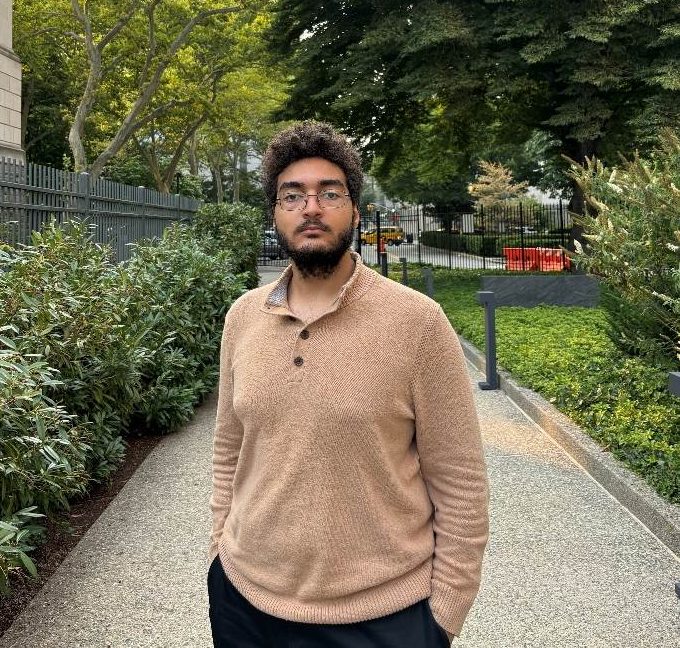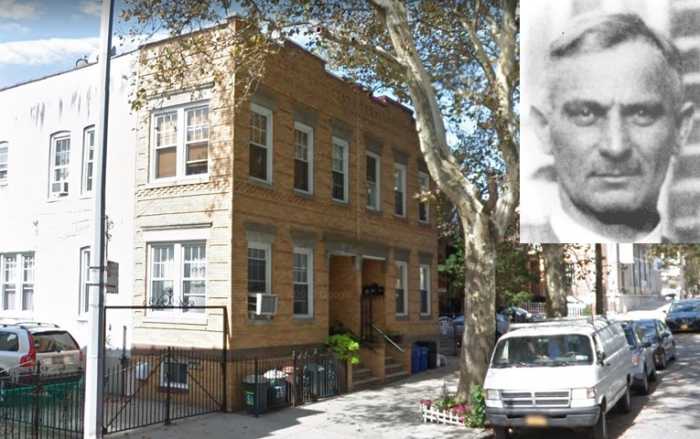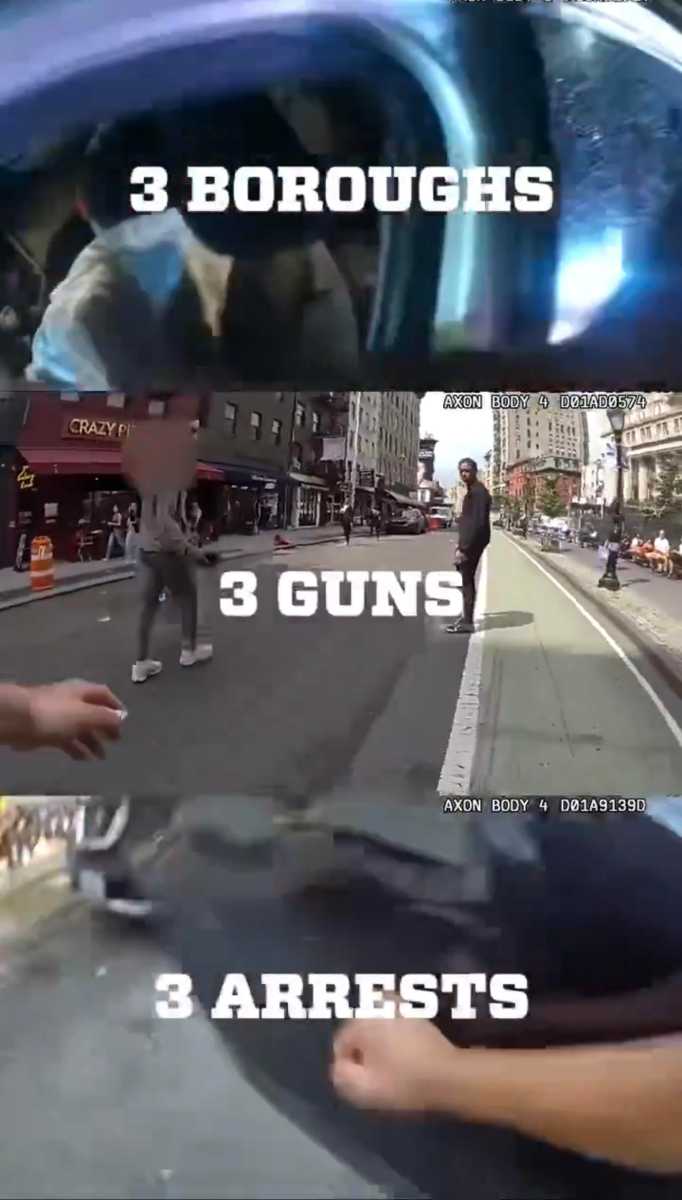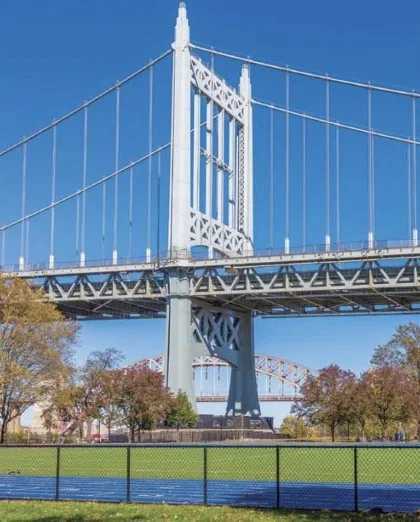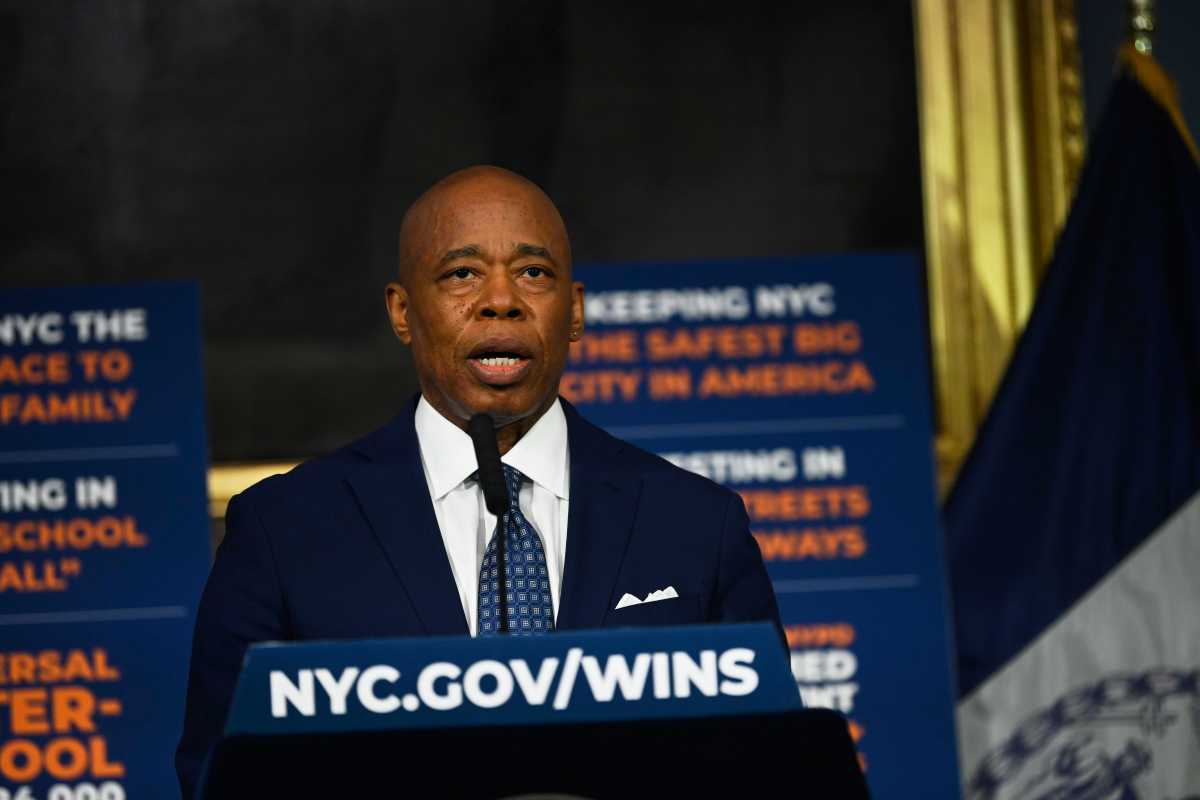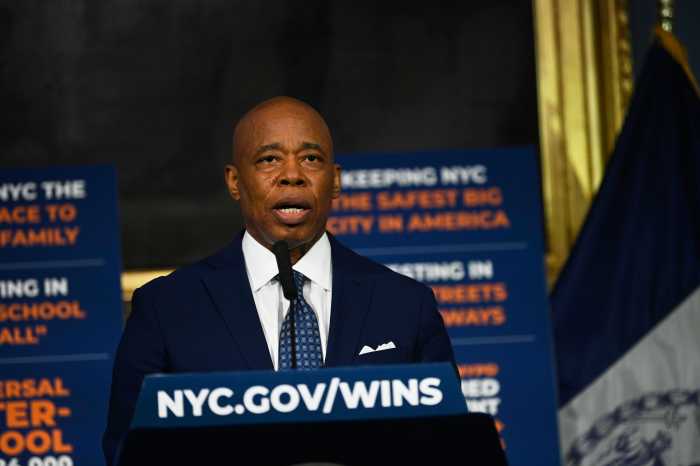P.S. 229 Parents Want School Buses For Children
After being harshly criticized for its decision to no longer allow third- to sixth-grade students to take the school bus to P.S. 229, Department of Education (DOE) officials promised those attending the District 24 Community Education Council (CEC 24) meeting last Wednesday, Feb 29 at the Woodside school that they will take a second look.

Eric Goldstein, the CEO of the Department of Education’s Office of Pupil Transportation (OPT), and OPT Executive Director Alexandra Robinson explained the rationale behind student transit decisions to parents and administrators at P.S. 229.
Eligibility for student transportation is based on a student’s grade level and distance to the school they are attending.
– All students between kindergarten and second grade are eligible for “full fare transportation,” which equates to yellow bus service or a full-fare student MetroCard.
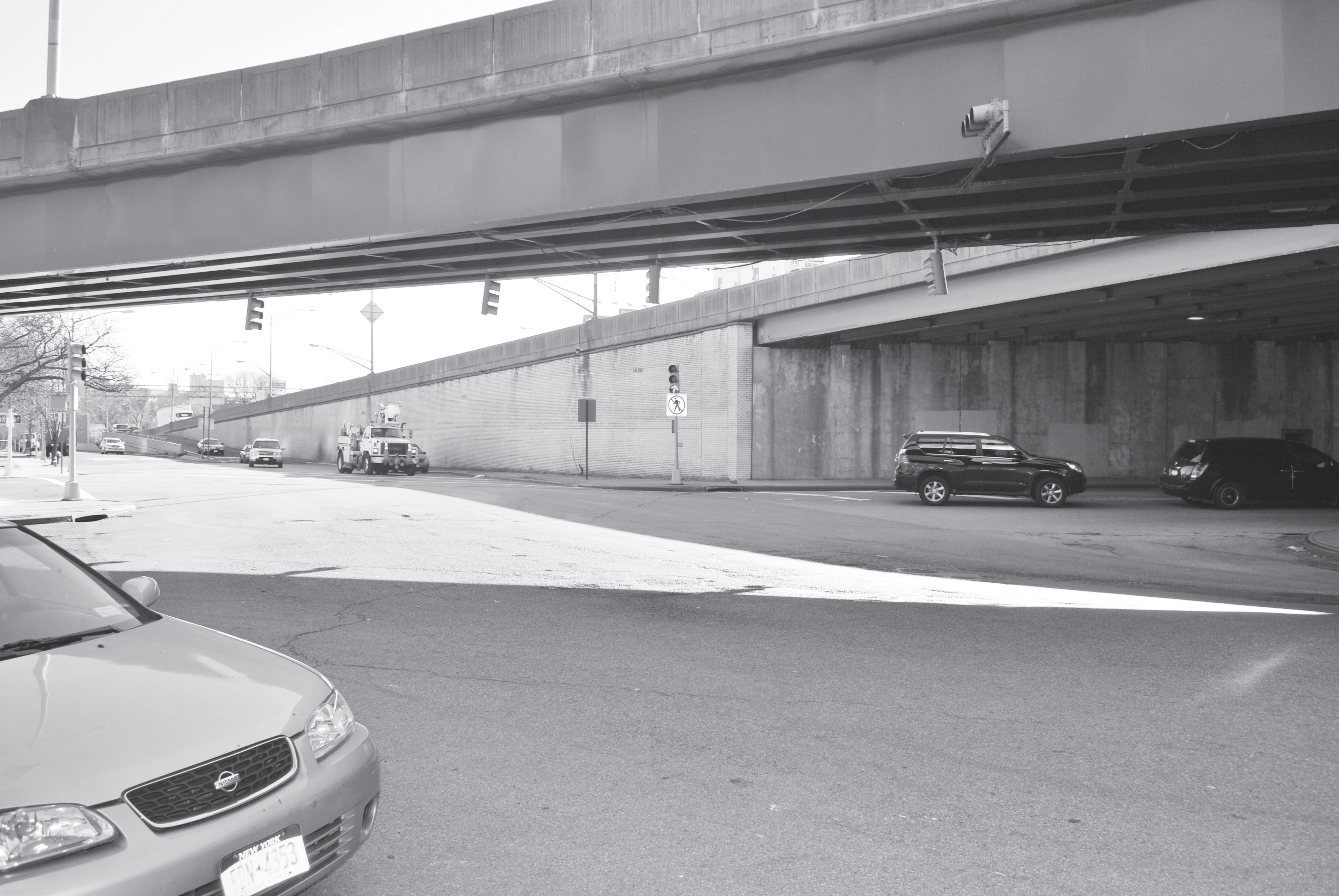
– Those in the third to sixth grades only receive full fare transportation if they are at least a mile away from their school; if they are between a half-mile and a mile away, they can receive a half-fare MetroCard.
– Students in the seventh to 12th grades must live 1.5 miles away to re- ceive full fare transportation.
Under these rules, Goldstein admitted that this policy could leady to buses that are not full of students, or to siblings in the same school having to get to school in different ways.
“We’re not in the business of making people unhappy,” Goldstein told the crowd; however, he argued that bending the rules for one group of students would result in parents in every school asking for exceptions. “We cannot treat kids differently.”
Robinson then went over the criteria for variances, which occur when the DOE deems an intersection too dangerous to allow students to pass.
Among the things OPT looks for to determine whether a crossing is hazardous are the lack of pedestrian pathways, unsafe traffic patterns, and lack of traffic lights and stop signs.
Robinson claimed that the agency uses a “two-tiered review” process to make the determination, and that they will revisit a location if the intersection is changed in any way (such as the addition of traffic islands or changes to traffic flow).
“We take each of these individually,” she told the crowd, adding that “we have people who don’t look at it from behind their desks … they are actually out there.”
In 2010, the agency withdrew the variance for P.S. 229 students in the third to sixth grades who live in and near the Big Six Towers middle-income housing complex. The fouryear old variance was initially granted because of the intersection of 61st Street and Laurel Hill Boulevard, which is also near the Brooklyn Queens Expressway.
Poor judgement
“A variance is a judgement call,” CEC 24 President Nick Comaianni told Goldstein, pressing him for a reason why the variance was removed.
“You have an off-ramp of the Brooklyn-Queens Expressway,” he stated. “If I lived there, I would never let my kid go to school that way.”
This was echoed by many of the parents and faculty members attending the meeting, including P.S. 229 Principal Dr. Sibylle Ajwani, who claimed that “Laurel Hill Boulevard is an extremely dangerous crossing” and urged that the variance be reinstated.
CEC 24’s Bill Kregler claimed that since the school bus for P.S. 229 already passes by the intersection and is not full, the bus could pick up children in the third to sixth grades at no cost to the DOE.
Tom Haggerty, who sits on the Big Six Towers’ board of directors, claimed that the intersection in question was actually one of three that the OPT should examine. He told Goldstein that the intersections of 61st Street and 50th Avenue and 65th Place and Maurice Avenue were also dangerous.
“Last year, we put three traffic cops on that corner just to direct traffic, and it didn’t alleviate the dangerousness of the situation,” John McMorrow told Goldstein, adding that the housing complex has asked for a speed hump in the area to curb traffic.
McMorrow, who is also a resident of the complex, stated that due to the lack of a variance, many residents drive their children to the school, causing nearby streets to become crowded with cars and creating a hazard of its own.
“What I hear from you is what I hear from the Department of Ed,” said Janet Frey, a teacher at the school. “What counts is data, data, data, data, rules; everything is black and white, nothing in common sense.”
Dorie Figliola, who represented Assemblyman Mike Miller, told Goldstein that the changes in truck traffic due to the recently-implemented Maspeth Bypass have increased the amount of trucks that roll through the area.
“I think this is one of the worst decisions I have ever seen in my entire life,” charged City Council Member Jimmy Van Bramer. “This flies in the face of the reality of what we have here.”
P.S. 229 sits just outside of Van Bramer’s district, but many of his constituents have children who attend the school.
“We should be, as a city, as a Department of Education, as an Office of Pupil Transportation, making it so children can get to school as safely as possible,” he told Goldstein. “That is your responsibility, that is your obligation, to get these children to school and make sure that it’s safe.”
Goldstein told the crowd that he would revisit the intersection, and talk to the city Department of Transportation regarding how the Maspeth Bypass has impacted the area.
Other news
Comaianni announced that Grover Cleveland High School will be the site of a joint hearing on its planned closure as part of a “turnaround” program being implemented at numerous schools throughout the city. The meeting will take place at Apr. 2 at 6 p.m. at the Ridgewood school.
A meeting will also take place at Newtown High School, on Apr. 17 at 6 p.m.
District 24 Superintendent Madeline Taub-Chan told parents of junior high students applying for high schools that they should have received letters informing them of the results of the first round of the admissions process. Those who participated in the first round can still enter the second round, even if they were accepted into their first choice.


